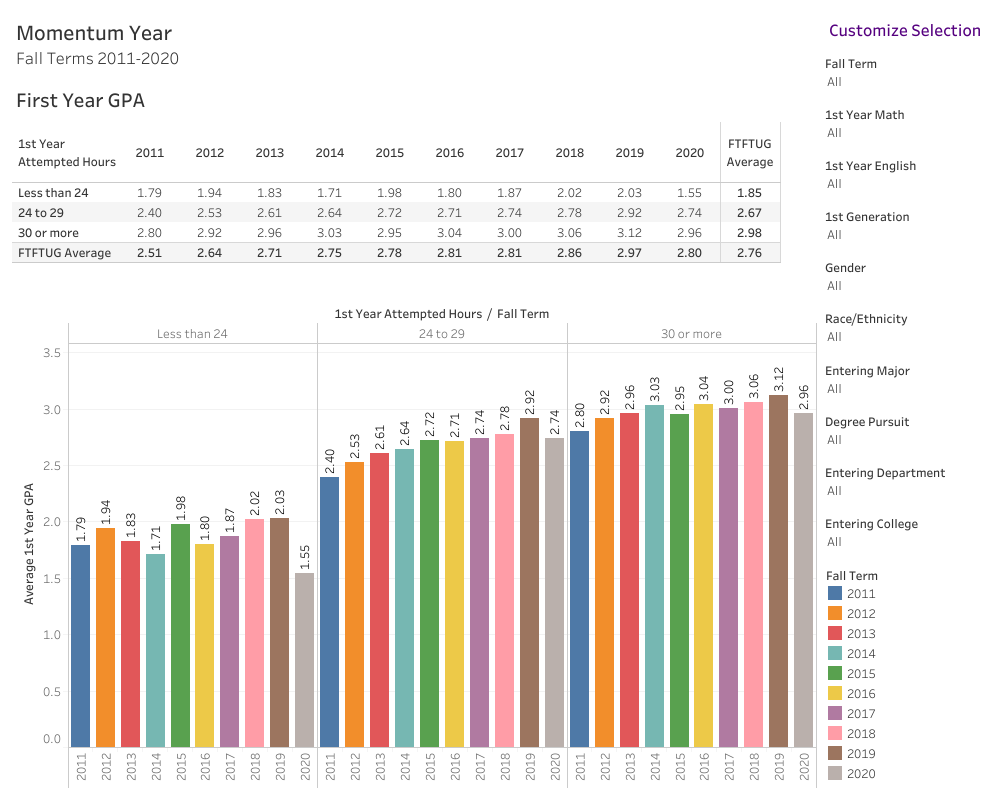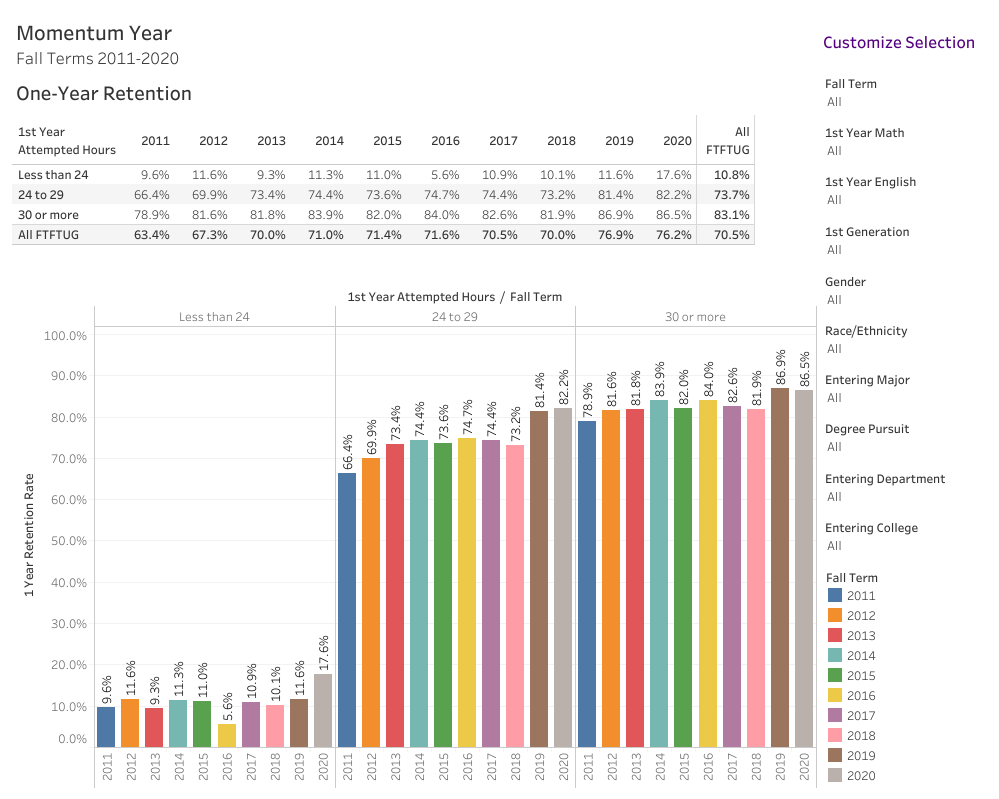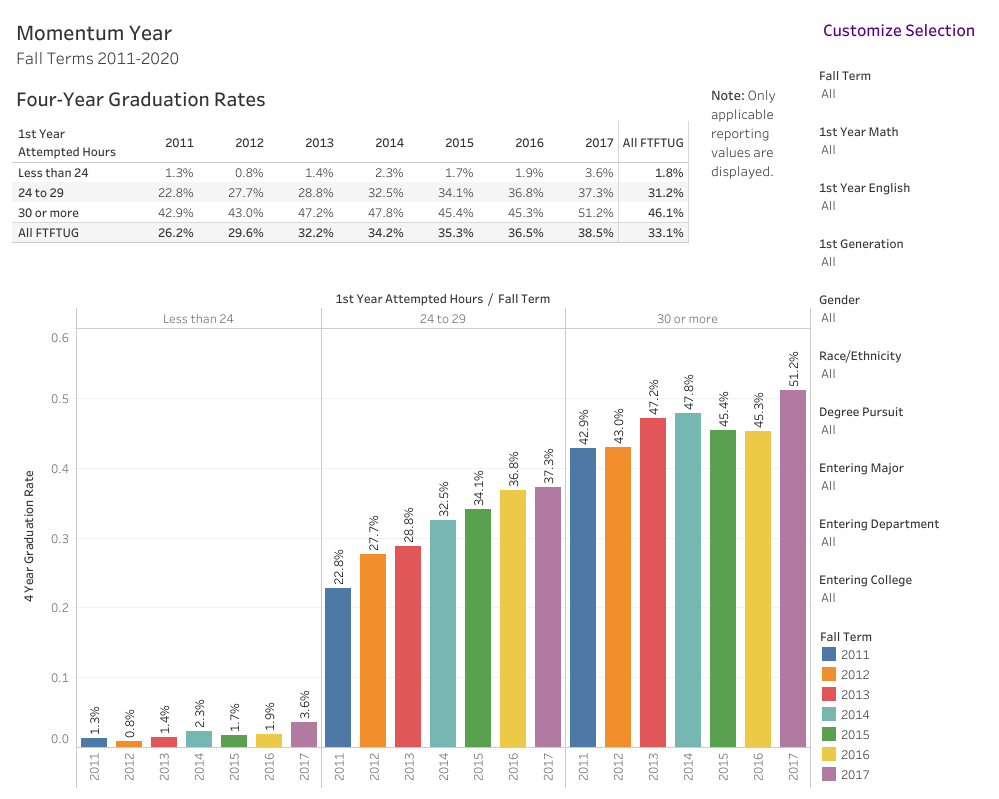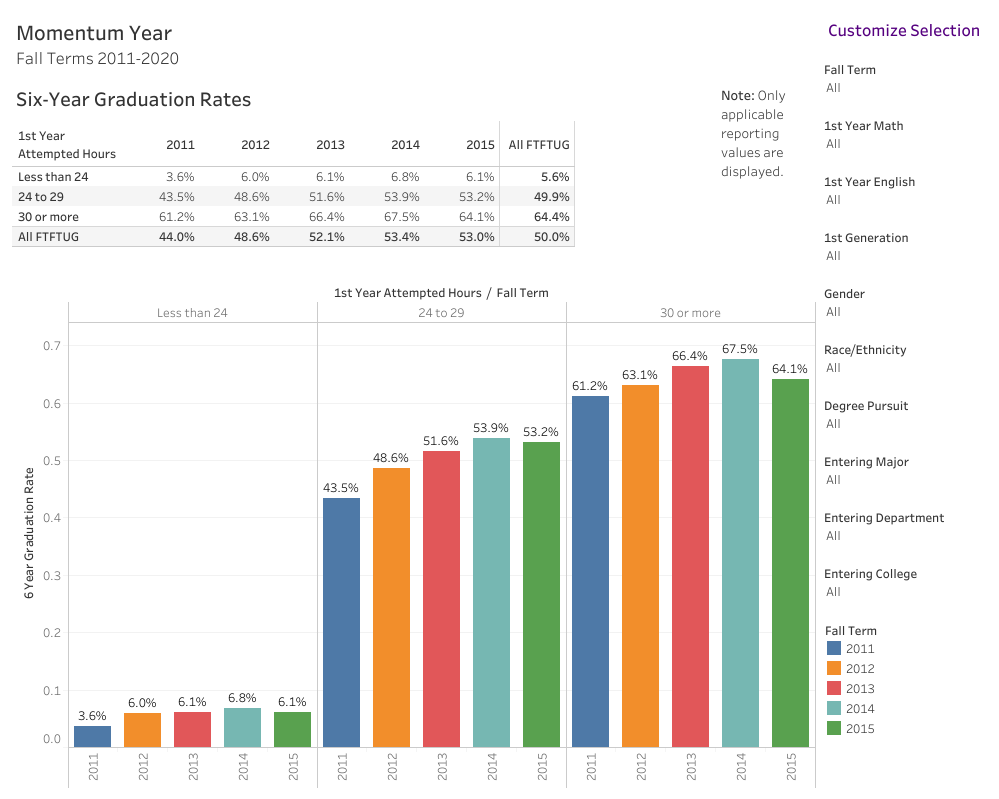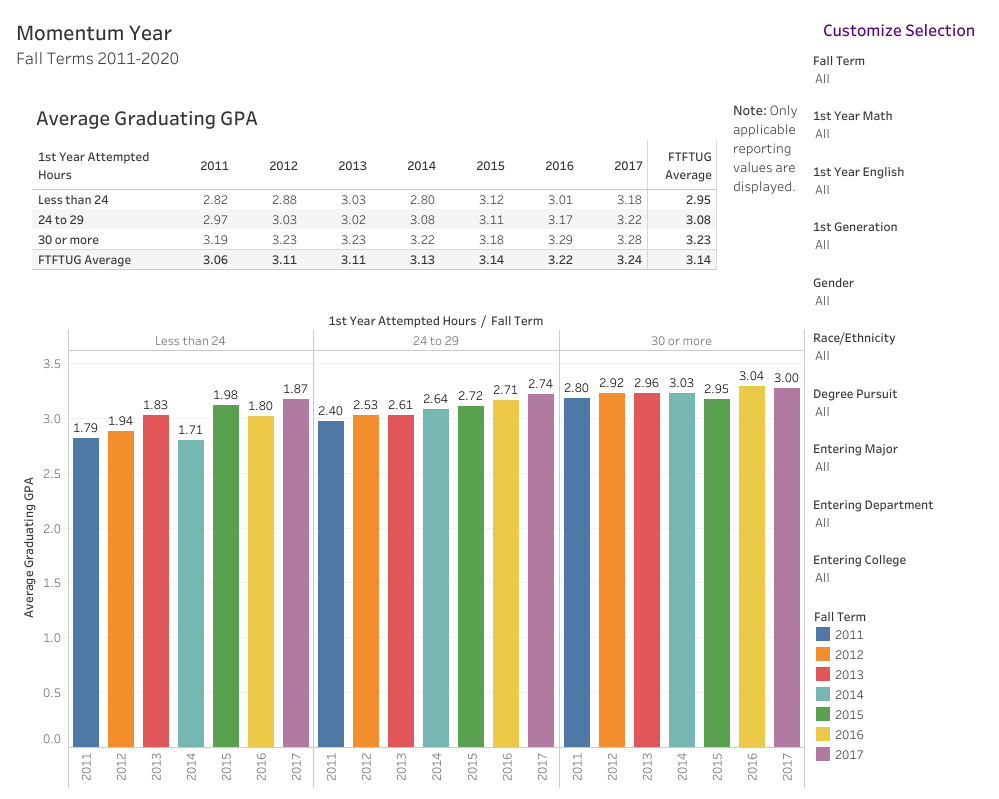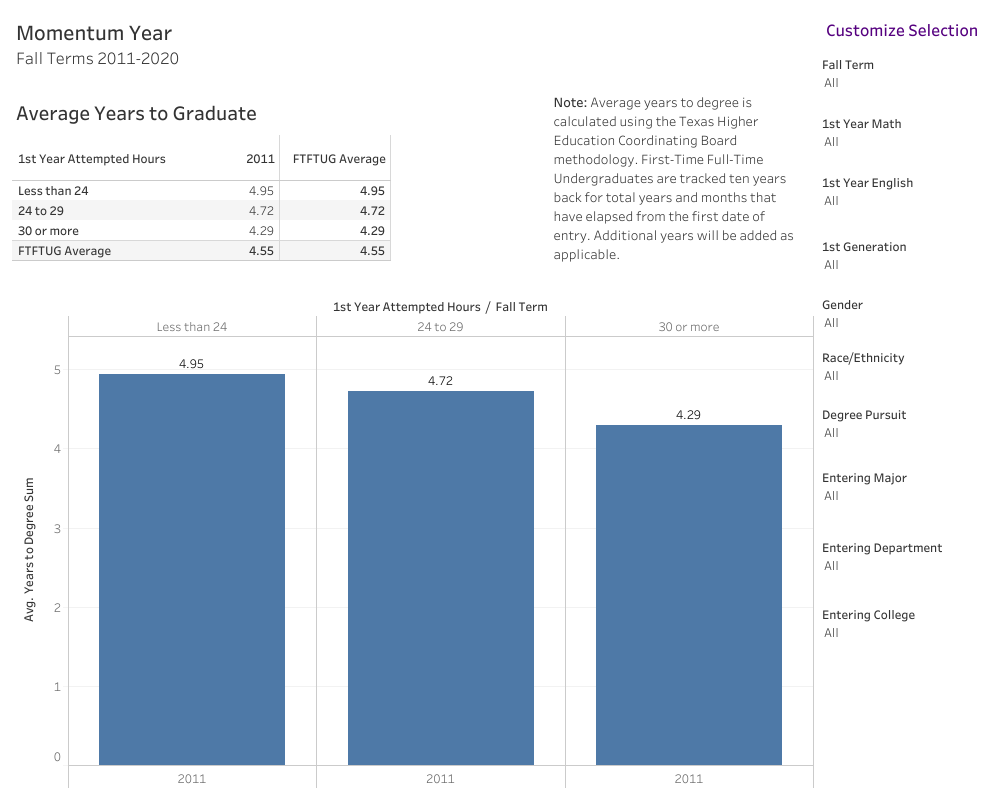SFA’s current Quality Enhancement Plan, which was created as part of the university’s reaccreditation with the Southern Association of Colleges and Schools Commission on Colleges, focuses on reducing student debt in holistic ways.
Created with widespread university input, the QEP employs five strategies to address debt:
- ideal degree sequences
- an analysis of course demands
- student-centric schedules
- informed advising
- and active registration monitoring.
Results of the campus-wide study looked at, among other assessments:
Why staying in school longer is expensive in the long run
PayScale, a compensation software and data company, places the early career salary for SFA graduates around $47,600. PayScale defines early career salary as the typical median salary for those with zero to five years of experience in the field. With full-time undergraduate SFA tuition at $10,600 for the 2021-22 academic year, and room and board costing about another $10,966, the financial turnaround for an extra year in college is $69,166.
How debt can negatively affect the institution and its students.
Earlier this decade, SFA was informed by the U.S. Department of Education that student loans would be subject to a student loan holding period of 30 days. The penalty lasted from 2015 to 2017 and, among other things, kept textbooks out of students’ hands — especially students who were economically vulnerable — putting them in jeopardy of failing courses. Though the three-year penalty ended in 2018, the current overall debt level for SFA graduates is significantly higher than the state average.
How Faculty and Staff Can Help
- Set first-year students on track to have a successful momentum year, which has them achieve specific benchmarks during the fall and spring terms.
- Promote SFA’s 15 to Finish initiative by encouraging students to take 15 or more course hours each semester so they stay on track to graduate in four years.
- Engage with the institutional data below to understand how enrolling in 15 or more hours can positively affect graduation and retention rates, among other areas.
- Tell students how SFA’s two tuition rate plans help them save money.
- Direct students to SFA’s Office of Financial Aid and Scholarships to discuss resources that can lower their tuition and help them cover expensive college textbooks and digital technologies required in the classroom.
Fifteen to Finish Data Charts
Click each chart to see more details. View and engage with more institutional data.
 Axe ’Em, Jacks!
Axe ’Em, Jacks!
